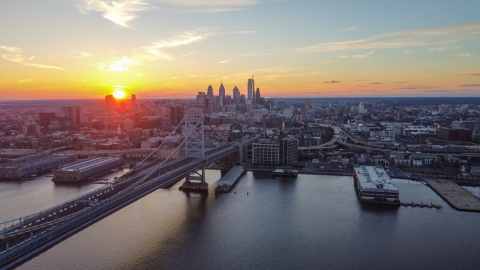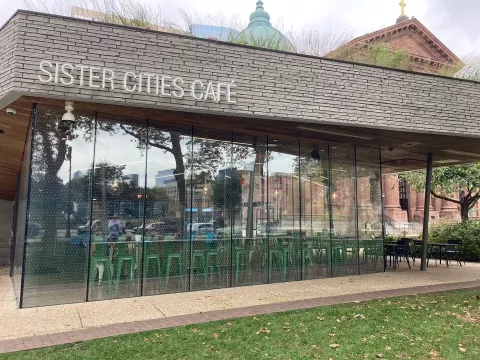In response to a 2020 mass bird collision event that occurred, when an estimated 1,500 birds died after colliding with buildings in Center City Philadelphia, Pennsylvania, several organizations joined forces to create Bird Safe Philly (BSP). This collaborative’s mission is to increase efforts to protect birds in the city from urban threats—especially collisions with buildings and glass. With representation from the National Audubon Society, the Academy of Natural Sciences of Drexel University, the Delaware Valley Ornithological Club, the Liberty Bird Alliance, and the Valley Forge Audubon Society, BSP created Lights Out Philly during the spring of 2021 and assumed responsibility for bird collision monitoring activities in downtown Philadelphia that had previously been conducted by Audubon Mid-Atlantic.
Between the spring of 2021 and the fall of 2024, the number of buildings participating in Lights Out Philly grew from 100 to 200, and the number of locations monitored for collisions in the downtown area increased from one to four sites. But partners in this U.S. Fish and Wildlife Service Urban Bird Treaty city recognized that addressing light pollution is only part of the solution: buildings need to be made visible to birds to make a difference in collision prevention. The Philadelphia areas hosts over 300 species of migratory and resident birds and at least 123of these species have been documented as victims of collisions with human structures, such as buildings, transit structures, and outdoor glass walls, since 2008.
In 2023 Bird Safe Philly and Audubon Mid-Atlantic worked with the owners of four buildings in Philadelphia, and two buildings at locations just outside Philadelphia County, to add collision preventing patterns to their hazardous windows, including the Sister Cities Café, a popular eatery in downtown Philadelphia. Bird Safe Philly had monitored the café for bird collisions from 2020 to 2023 and found it to be highly prone to collisions during spring and fall migration. And this is no surprise.
The café is a great spot for locals and a hotspot for birds and other wildlife. The building’s nearby nature, including a tree canopy, an artificial stream, a green roof, and a pollinator garden surrounding the building, all draw in migratorybirds seeking shelter, food, and water. Unfortunately, some of the species that have collided with the café include the white-throated sparrow, common yellowthroat, ovenbird, gray catbird, black-and-white warbler, scarlet tanager, and yellow-bellied sapsucker among many others.
So, on Monday, October 2, 2023, Bird Safe Philly and Center City District unveiled the installation of the bird-friendly window treatment on approximately 1,000-feet of glass at the Sister Cities Café on Logan Circle—the entire building. The café continued to be monitored daily through November 30th—and virtually no collisions were detected. Moreover,during the spring 2024 the café was again monitored daily from March 15th through May 31st and no collisions were documented. The project is a means to demonstrate to both locals and visitors the positive actions that people can take to make buildings bird safe—to show that it IS possible to make windows visible to birds and prevent collisions!
But these Urban Bird Treaty partners also know that designing bird friendly buildings from the ground up is imperative to make new constructions bird safe. So, with assistance from Audubon Mid-Atlantic and the University of Pennsylvania’s Division of Facilities and Real Estate Services, the University’s Gutmann College House dormitory, which opened during the fall of 2021, was designed to include a large area of the bird safe glass on a potentially hazardous section of the building’s facade bordering a large courtyard. Subsequent monitoring has not detected any collisions at these windows!
Organizations and individuals are making a difference for birds across the country by carrying out bird safe building retrofitting and design in concert with addressing artificial light pollution. Join the wave of collision prevention that is surging in cities and towns across the country and participate in bird collision prevention on your own property! Learn more here.








